Alright, for anyone needing something a little more complicated, here's an extension of @Sheldore's answer on my own data:
How to plot the (x, y) text for each point using plt.text(), and handle the first and last points with custom text formatting:
Here's the gist of it:
# generalized form
plt.text(x_loc, y_loc, f"my label", horizontalalignment="left|center|right")
# example
plt.text(x+.2, y, f"({x} KiB, {y:.0f} MB/sec)", horizontalalignment="left")
See the official matplotlib.pyplot.text() documentation here: https://matplotlib.org/stable/api/_as_gen/matplotlib.pyplot.text.html
Full, runnable example:
import matplotlib.pyplot as plt
from statistics import mean
# cluster size (KiB) vs speed (MB/s)
x_cluster_size = [0.5, 4, 8, 32, 128, 32768]
y_speed = [
mean([87.36, 96.84]),
mean([285.36, 352.37, 309.35]),
mean([333.19, 320.87, 360.62]),
mean([360.59, 329.26, 387.60]),
mean([392.01, 363.88, 413.63]),
mean([437.09, 409.12, 436.98]),
]
plt.plot(x_cluster_size, y_speed, 'b-o', label='When writing a 5.3 GB file')
plt.legend(loc='lower right')
plt.xscale('log', base=2)
plt.ylabel('Speed (MB/sec)')
plt.xlabel('exFAT cluster size (KiB)')
plt.title("exFAT cluster size vs speed")
# display (x, y) values next to each point
for i, x in enumerate(x_cluster_size):
y = y_speed[i]
# first element
if i == 0:
plt.text(x+.2, y, f"({x} KiB, {y:.0f} MB/sec)", horizontalalignment="left")
# last element
elif i == len(x_cluster_size) - 1:
plt.text(x-10000, y, f"({x} KiB, {y:.0f} MB/sec)", horizontalalignment="right")
else:
plt.text(x, y-20, f"({x} KiB, {y:.0f} MB/sec)", horizontalalignment="left")
plt.show()

To go further, and add figure super titles, subtitles, footers, etc, see my other answer here.



